Qazı: Basic Information
Pronunciation
Alternative Name(s)
Dish Type
Course
Mealtime
Popular Variations
Qazı: Ingredients and Preparation
Main Ingredients
Main Cooking Method
Preparation Process
Qazı: A Deep Dive
Cultural Significance
Taste
Texture
Aroma
Color
Serving Style
Serving Temperature
Accompaniment
Occasions
Seasons
Special Diets
Calories
Popularity
Popular Similar Dishes
- Qarta
- Sujuk
Popular Dining Area
Qazı is a type of traditional dish from the Turkic or Central Asian region that is like a sausage. Typically, this meat-based dish primarily requires horse meat extracted from the ribs along with the intestine to create the casing outside of the specialty.
To prepare qazı, locals start by draining the blood from the horse meat by hanging the slab for 5 to 7 hours. While at it, the intestine also gets cleaned out before going back to the meat for salting with pepper and garlic as seasonings.
Once the meat is fully stuffed inside the intestine, qazı is pretty much complete, only requiring smoking or sun-drying for preservation. However, to serve, people often boil qazı to fully cook through the sausage before presenting it over a plate in slices.
Ideally, qazı is served cold along with vegetables and onion as an appetizer. In Uzbekistan, locals pair qazı with plov (mixed rice), while the Kyrgyzstans prefer adding these sausage slices to beshbarmak (boiled meat with noodles).
In higher mountainous regions, qazı is sometimes made with venison instead. One of the consumers of qazı from VICE Magazine describes the specialty as a combination of smoky and earthy profiles.
Besides the interesting information about qazı, I suggest not missing important ideas about the upsides and downsides of eating this type of sausage, along with some common inquiries about the dish.
Key Points
Qazi Images
Pros and Cons of Eating Qazı
Let’s look at the ups and downs of this dish, like the preservation process, protein intake, taste, and ethical aspects.
Pros
Cons
Don’t forget that there are also many common concerns that people have when eating qazı for the first time that anyone should consider closely.



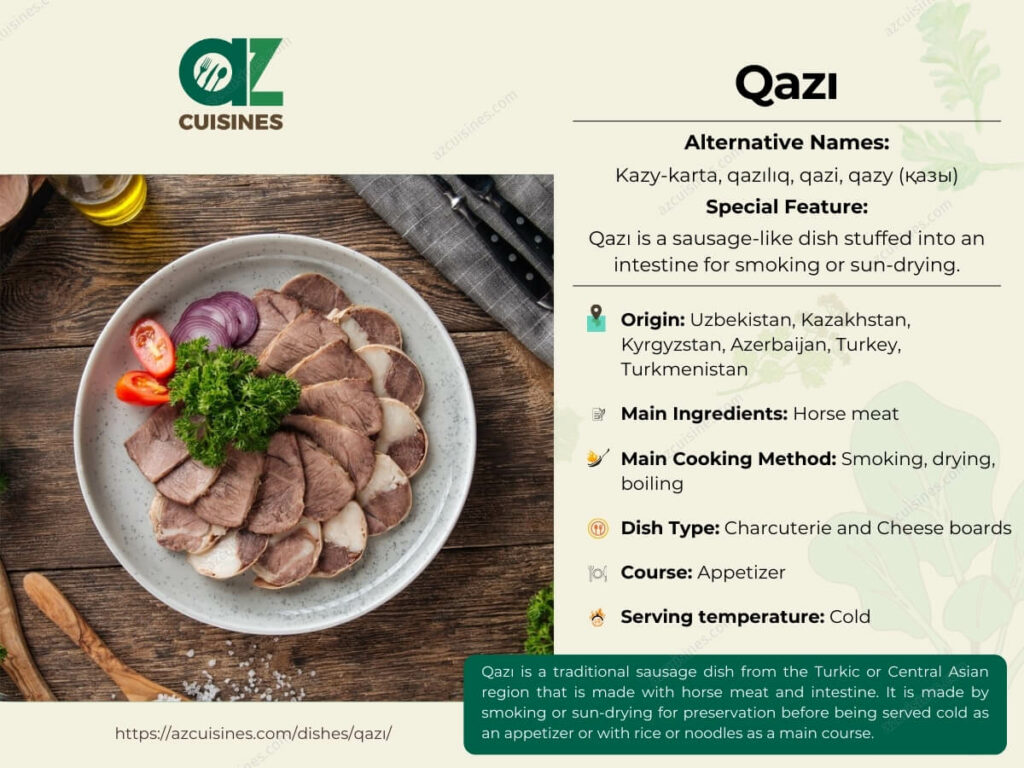
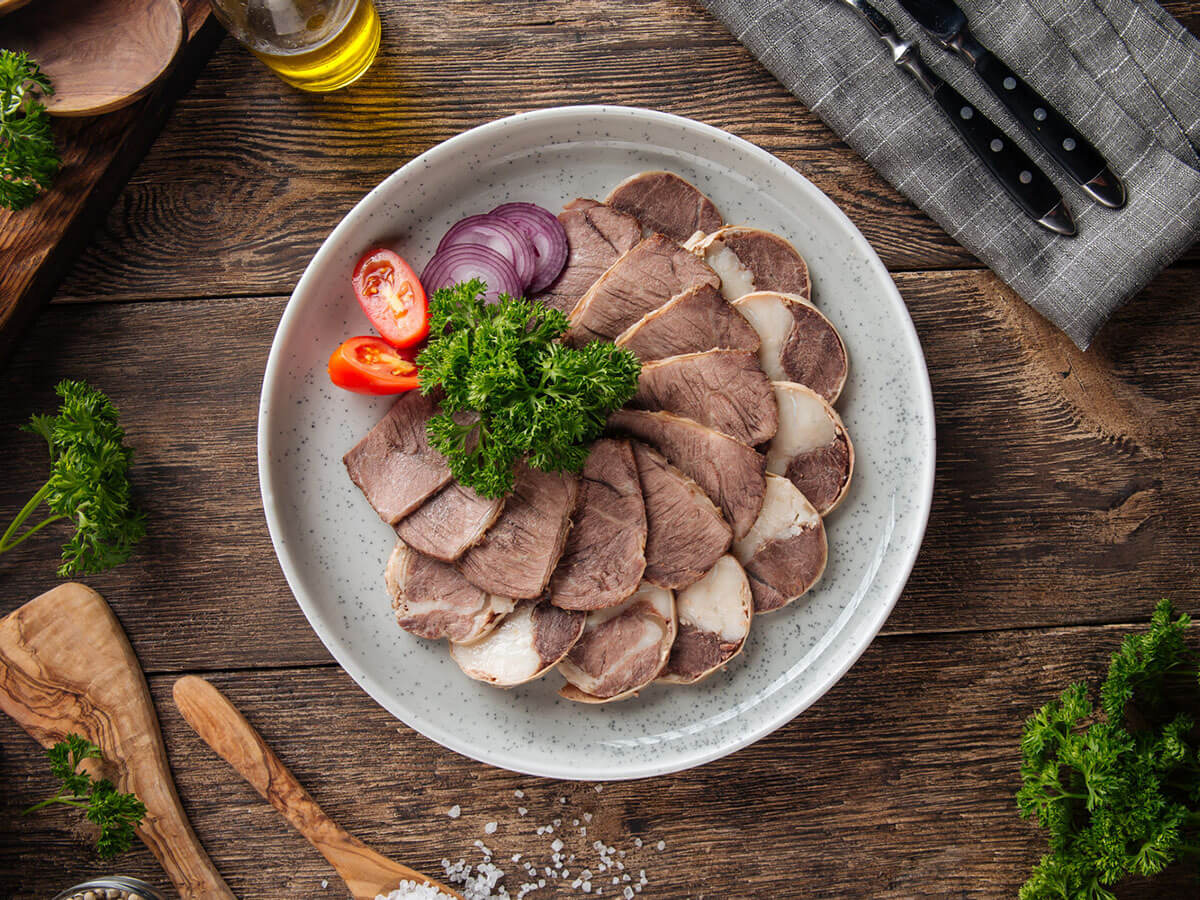
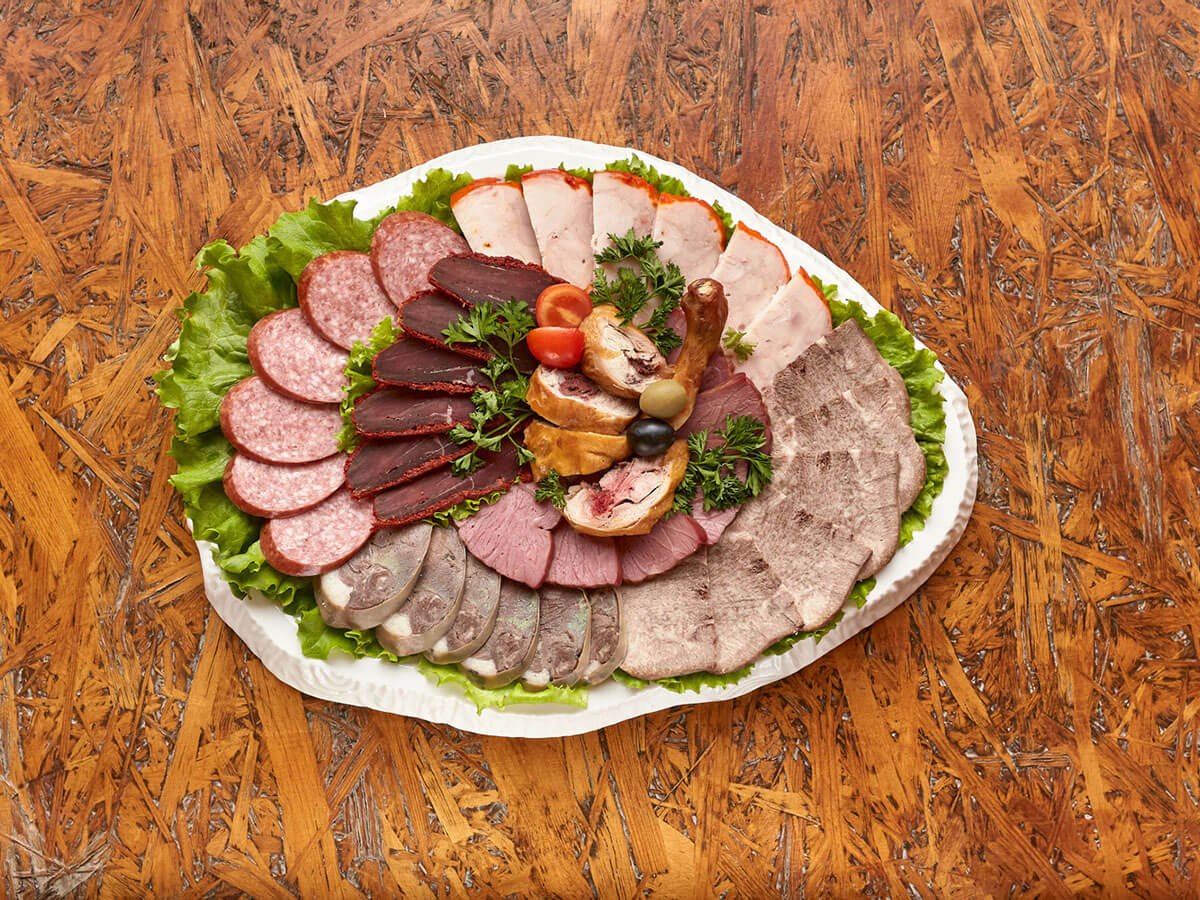
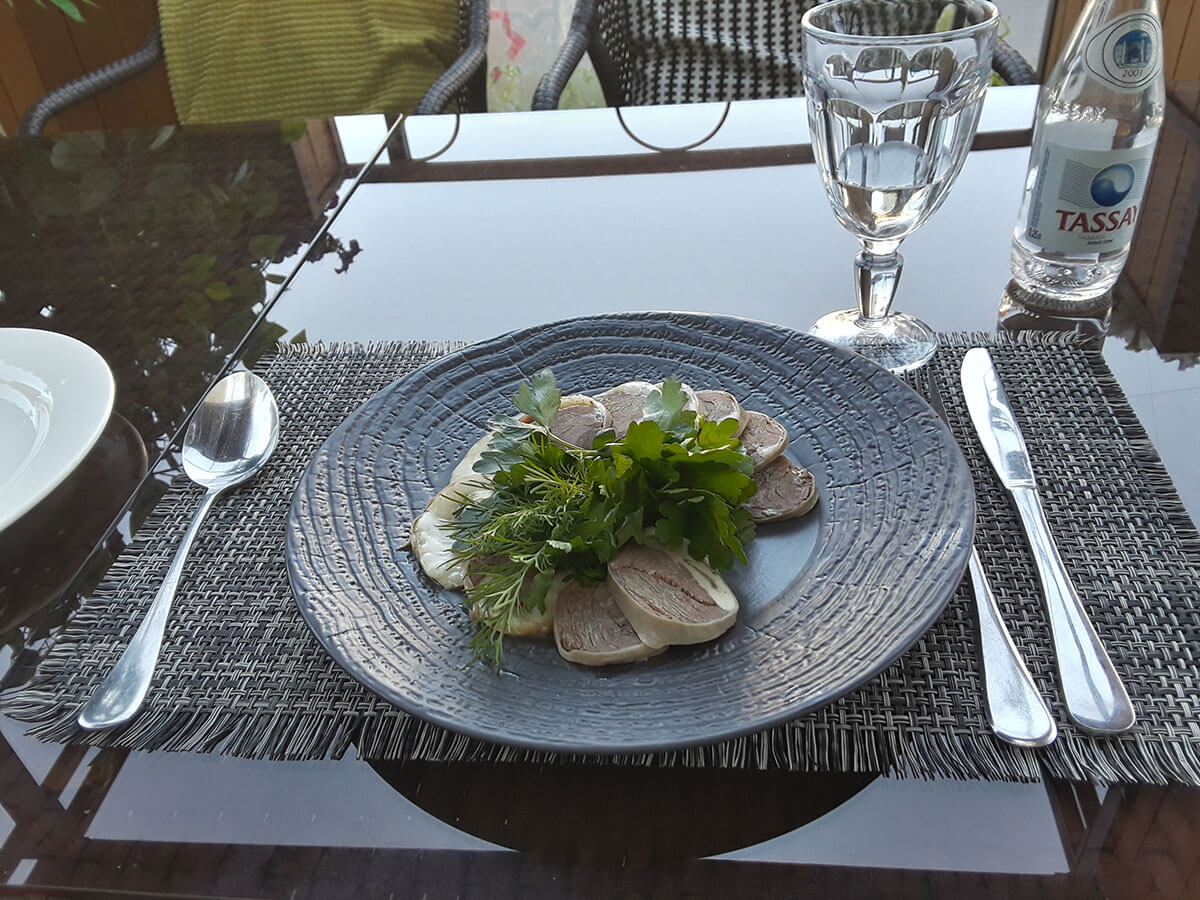
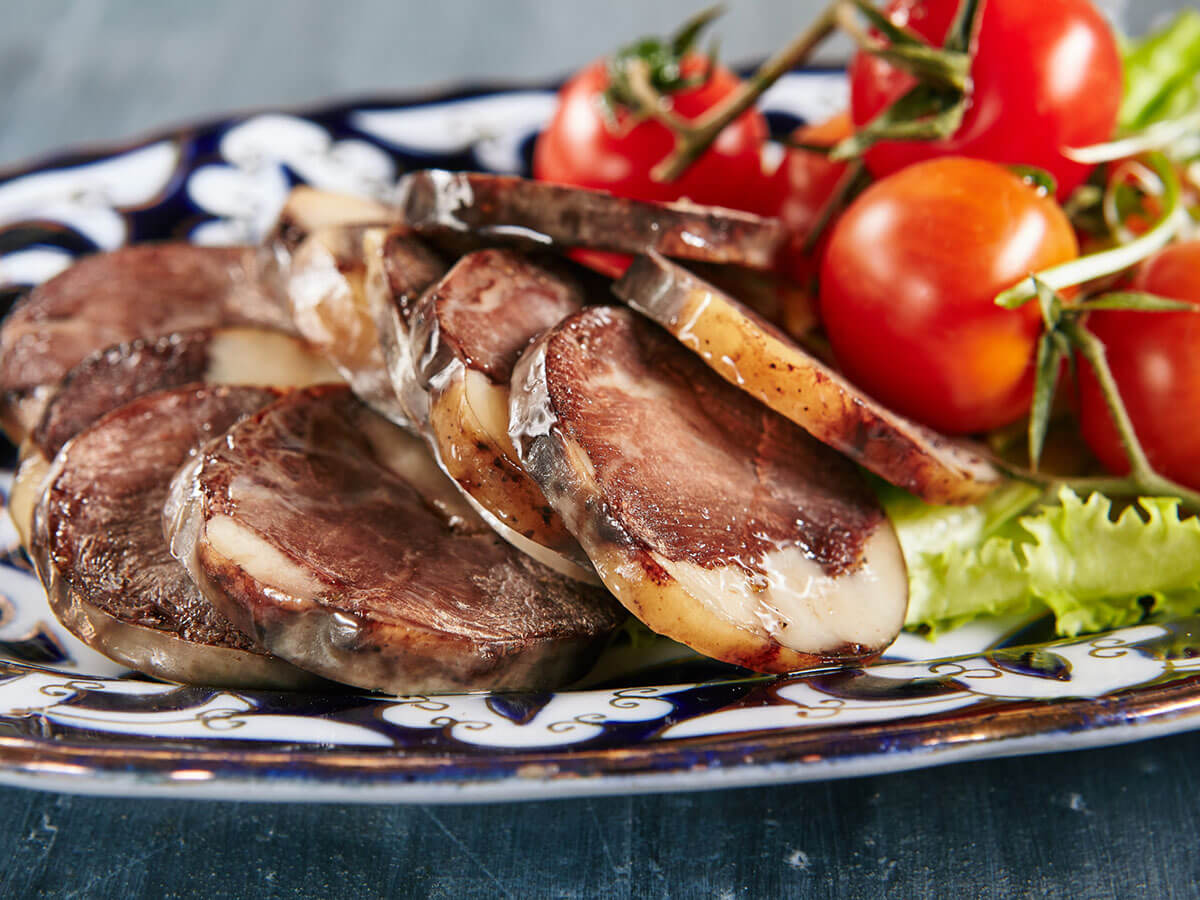
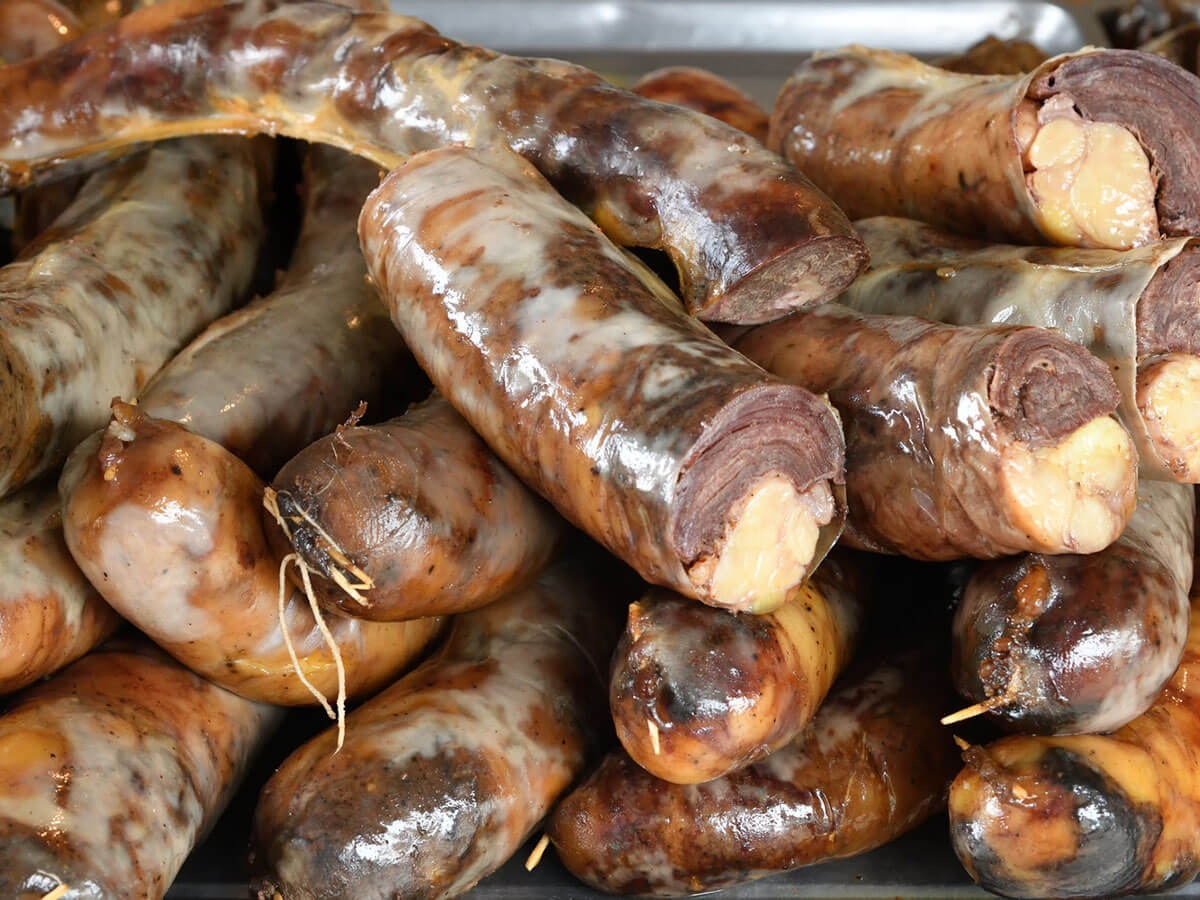
Adam Sam
Senior Food and Drink Editor
Expertise
Food Writer & Recipe Developer, Recipe Tester, Bartender, Cooking-video Maker, Editor In Chief
Education
Adam Sam, an experienced food writer and recipe developer, is passionate about blending diverse culinary traditions, national dishes, and innovative beverages, showcasing his proficiency in both traditional and modern recipe testing.
As the Editor-in-Chief, he elevates culinary content from street food to fine dining, focusing on Western cuisine and types of drinks at azcuisines.com, and is professional in creating engaging cooking videos that simplify complex dishes and ingredients.
His passion for food is evident in his writing, where he uniquely merges various cultures, traditions, and contemporary trends, skillfully combining classic recipes with modern cooking methods.